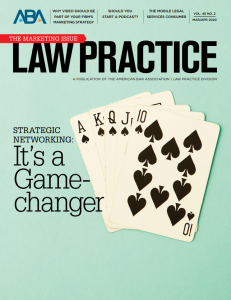 In preparing a recent pitch presentation to in-house counsel for a law firm client, I kept steering the attorneys to point out what was unique about them. There was the generic fluff—great client service, accolades of all kinds, alternative fee arrangements, a wonderful team of lawyers and staff, brand name clients, blah, blah, blah—none of which really made them much different than any other solid, competent law firm. The differentiators are in the substantive work product, and often, in what you give back to the community and the profession. Not every law firm does pro bono, but they should. In the March/April 2020 issue of the ABA Law Practice Magazine, I delve into The Marketing Case for Pro Bono.
In preparing a recent pitch presentation to in-house counsel for a law firm client, I kept steering the attorneys to point out what was unique about them. There was the generic fluff—great client service, accolades of all kinds, alternative fee arrangements, a wonderful team of lawyers and staff, brand name clients, blah, blah, blah—none of which really made them much different than any other solid, competent law firm. The differentiators are in the substantive work product, and often, in what you give back to the community and the profession. Not every law firm does pro bono, but they should. In the March/April 2020 issue of the ABA Law Practice Magazine, I delve into The Marketing Case for Pro Bono.
Regardless of whether pro bono is voluntary or mandatory in your state, there is a lot of upside to doing it. I was telling my old softball buddy Sam Silver, a top tier litigator at Schnader in Philadelphia, that it seemed like half the time I read a front page story about him in the newspaper that it was about a big-time, high profile matter for a client; and the other half of the time it was about a big-time, high profile pro bono client. This makes for the perfect mix of doing good for the non-paying client and doing good for the paying one. When he recently became President, Board of Directors, for the Pennsylvania Innocence Project, I immediately sent a lawyer wanting to volunteer his way.
In some cases, you might get a call from a Judge asking if you might have some time to give back. You probably don’t want to say no—and it certainly does not hurt to say yes. When I attended the Professionalism Day program at the federal court in Camden, New Jersey last October, there was a program put together by the Judiciary to talk about Reentry Court, highlighting lawyers that had given of their time. Those participants included a few from the Big Law category and a sole practitioner. No firm was too small or too big to take part.
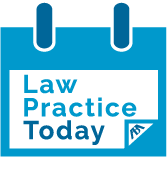




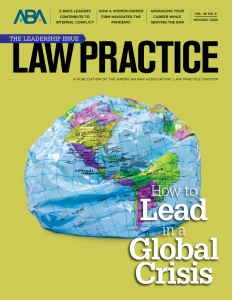 A favorite business development endeavor for many lawyers (me included) is involvement on a nonprofit board. It can be time-consuming, potentially expensive and sometimes frustrating, but it is a do-good activity that ideally is tied to an area of interest and passion. In my November/December 2020 marketing column in Law Practice, I write on
A favorite business development endeavor for many lawyers (me included) is involvement on a nonprofit board. It can be time-consuming, potentially expensive and sometimes frustrating, but it is a do-good activity that ideally is tied to an area of interest and passion. In my November/December 2020 marketing column in Law Practice, I write on 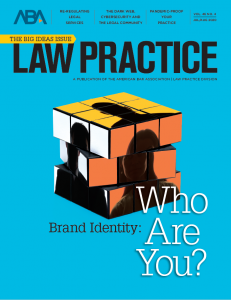 My annual
My annual 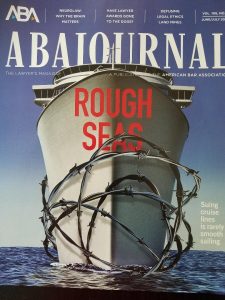 In the June/July 2020 issue of the
In the June/July 2020 issue of the  In preparing a recent pitch presentation to in-house counsel for a law firm client, I kept steering the attorneys to point out what was unique about them. There was the generic fluff—great client service, accolades of all kinds, alternative fee arrangements, a wonderful team of lawyers and staff, brand name clients, blah, blah, blah—none of which really made them much different than any other solid, competent law firm. The differentiators are in the substantive work product, and often, in what you give back to the community and the profession. Not every law firm does pro bono, but they should. In the March/April 2020 issue of the ABA Law Practice Magazine, I delve into
In preparing a recent pitch presentation to in-house counsel for a law firm client, I kept steering the attorneys to point out what was unique about them. There was the generic fluff—great client service, accolades of all kinds, alternative fee arrangements, a wonderful team of lawyers and staff, brand name clients, blah, blah, blah—none of which really made them much different than any other solid, competent law firm. The differentiators are in the substantive work product, and often, in what you give back to the community and the profession. Not every law firm does pro bono, but they should. In the March/April 2020 issue of the ABA Law Practice Magazine, I delve into 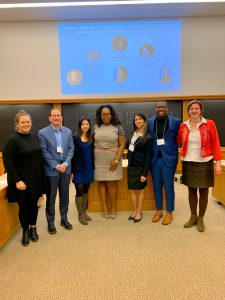
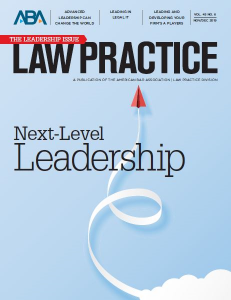 There was some sense of irony that on the same day the latest issue of Law Practice arrived via the U.S. Mail that I was in Philadelphia talking to the Greater Philadelphia Law Library Association at their 2019 GPLLA Institute Bringing a Marketing Mindset into the Law Library program at Drexel’s Kline Institute of Trial Advocacy. You may be wondering how I am going to tie in that speaking engagement into the subject for my marketing column in the November/December 2019 issue of the ABA Law Practice Magazine,
There was some sense of irony that on the same day the latest issue of Law Practice arrived via the U.S. Mail that I was in Philadelphia talking to the Greater Philadelphia Law Library Association at their 2019 GPLLA Institute Bringing a Marketing Mindset into the Law Library program at Drexel’s Kline Institute of Trial Advocacy. You may be wondering how I am going to tie in that speaking engagement into the subject for my marketing column in the November/December 2019 issue of the ABA Law Practice Magazine, 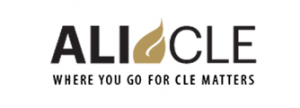 Of all the topics I have presented on in 22+ years of teaching law marketing ethics CLEs, my program on navigating the Three Rs—Ratings, Rankings and Reviews—may be my favorite. If you need your ethics credit, find your law firm often enveloped in dealing with the 3 Rs, or just enjoy the subject matter, join me for this live webcast on Tuesday, October 29, 2019 from 1-2 pm ET.
Of all the topics I have presented on in 22+ years of teaching law marketing ethics CLEs, my program on navigating the Three Rs—Ratings, Rankings and Reviews—may be my favorite. If you need your ethics credit, find your law firm often enveloped in dealing with the 3 Rs, or just enjoy the subject matter, join me for this live webcast on Tuesday, October 29, 2019 from 1-2 pm ET.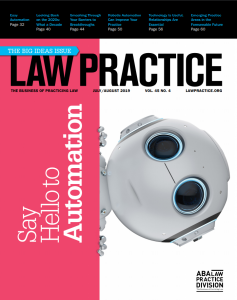 In the nearly 20 years that I’ve run my law marketing consultancy,
In the nearly 20 years that I’ve run my law marketing consultancy,